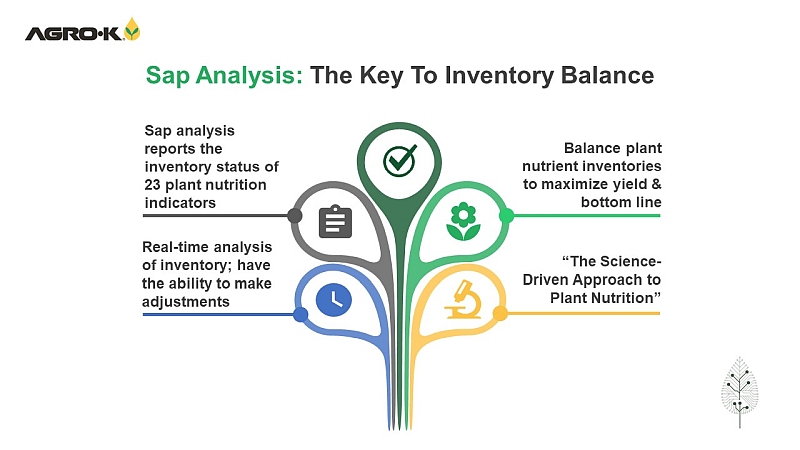Opinion: For Every Forecast, Take A Grain Of Salt
Odds are, there’s a 50% chance you will read this column. That probability isn’t too bad, but it could be better. If you’ve come this far and are still reading, I like my chances. So, what is it about forecasts (any and all kinds) that draw us to them? Fear of the unknown offset by the empowerment of being prepared sounds like reasonable excuses to me. Aside from the curious nature forecasts feed into, we come to rely on outlooks short- and long-term to shape a multitude of aspects (business and pleasure) in our daily lives. We’ve all been there, ready and waiting for something that’s supposed to happen — only to be disappointed, misled, foiled.
Weather Or Not
Given frequency and exposure, TV weather personalities and their daily stab at fortune telling are probably the easiest to pick on. Even in Florida where almost anyone can predict the weather from mid-May to early October (hot and humid with a chance of afternoon thunderstorms, high in the low 90s), there are still some missteps. I suppose that’s what keeps us coming back to check.
Coincidentally, hurricane season falls within that time slot. Since 1960, there have only been five years with no Atlantic hurricanes before September 1. Umm, make that now six years with the surprisingly sluggish start to the 2013 storm season despite what experts predicted earlier this spring and summer to be a very busy Atlantic Basin. Not that I’m complaining, and I know there’s still a long way to go, but all is quiet close to home as I post this. So let’s face it, barring an unprecedented outbreak of tropical storm activity in the next few weeks, the forecasters got this one wrong — not the first time, and certainly not the last. Again, not a bad thing overall, but when a planning tool becomes unreliable, there’s trouble ahead.
Feeling Lucky?
In a recent GrowingProduce.com reader poll, we asked how much stock you take in crop forecasts. The results show equal emphasis on a lot, to some, to not very much. Given a closer look, you can argue that nearly 67% of respondents do take stock into these predictions.
In August, economic consultants Elizabeth Steger and Louis Dreyfus presented their 2013-2014 Florida citrus crop forecasts. Steger came in with 130 million boxes, while Dreyfus offered 132 million. Both estimates were considerably lower than their 2012-2013 outlook, but more in step with last season’s fruit-drop influenced final tally. USDA is set to give its initial citrus forecast in early October. Whatever the total shall be, keep in mind the agency’s first lob last season also wasn’t close to the eventual outcome. Things change, sometimes for the worse, sometimes for the better. And that you can always bet on.









